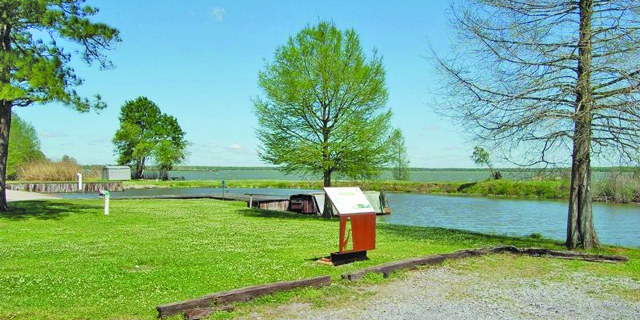More inclusive, historically accurate tours at Shadows
Published 6:15 am Sunday, October 17, 2021

- Shadows-on-the-Teche welcomes visitors on guided tours again following a lengthy shutdown because of COVID-19.
The historical tourism trade in south Louisiana has changed over the last decade. When people used to think of visiting a historic home or a plantation, like those along River Road Baptist parishes, it used to mean mint juleps on the veranda and Southern belles in hoop skirts guiding tourists through antebellum homes filled with the trappings of wealth from the 1800s.
Not anymore. At Laura Plantation in Vacherie, the story of the slaves who worked the plantation took center stage a decade ago, with an overseer’s cabin on the site now serving as a research center for those families that were forced to work there. Down the block, at Whitney Plantation in Wallace, the story is specifically aimed at the horrors of slavery, with many of the exhibits brought from other sites to be displayed as part of the Whitney collection.
Trending
Even Oak Alley, that once genteel dinner-and-drinks stop on the River Road trail, has revamped its script to take the history of slavery into consideration, even pushing it to the forefront.
Now Shadows-on-the-Teche has also changed its tour, using the relationship between two women, Mary Conrad Weeks Moore, who was not only the matron of Shadows in the 1830s and 1840s but also a sugar planter and businesswoman in her own right, and Louisa Bryant, who was enslaved and worked at the home.
Jade Buteaux, promotions manager for Shadows-on-the-Teche, said that the downtime during the COVID-19 shutdown gave the staff some time to think about how the tour could be updated to make it a more inclusive — and historically accurate — experience.
“We had been thinking about this for a while,” Buteaux said. “We were able to work with Kenetha Harrington, a doctoral candidate at LSU, to go through the records and find a new way to tell the story.”
The retelling involved a detailed dive into the Weeks family’s papers, along with additional genealogical research on those people who were enslaved at Shadows. In addition to that background, the staff and Harrington worked to connect events happening in New Iberia during the mid-1800s to regional, national and world issues. The research also allowed for a deeper exploration of the African-American experience at the Weeks’ home and plantation.
“It changed our focus quite a bit,” Buteaux said. “The old tour focused on five generations of the Weeks family, which covered about 125 years of history. That’s a lot. The new script covers about 20 years, and is focused on telling the story through the lives of these women.”
Trending
A series of lectures on the experience of enslaved people in the south is also launching in conjunction with the new focus at Shadows. Entitled “Telling the Full History,” the series kicked off Saturday with a presentation from Dr. Charles Vincent on Reconstruction and Jim Crow history in southern Louisiana. Future presenters include Phebe Hayes, who will speak on the Reconstruction and Jim Crow as they affected Iberia Parish, Kenetha Harrington on her work to trace the genealogical records of the slaves at Shadows and their lives after leaving the house, and Ian Beamish, who will focus on the need for reinterpreting historic sites of enslavement like Shadows to more accurately reflect their past and their current relevance.
The “Telling the Full History” lecture series will continue through the fall, with three more speakers scheduled. The series is made possible by a Rebirth grant from the Louisiana Endowment for the Humanities
- Oct. 23: Phebe Hayes, Reconstruction and Jim Crow History in Iberia Parish.
- Nov. 6: Kenetha Harrington, ongoing work locating genealogical records for descendants of African Americans connected to Shadows both during ties of slavery and after freedom.
- Nov. 13: Ian Beamish, the need for reinterpretation of sites of enslavement.
- All of the lectures will be held at the Shadows-on-the-Teche visitor center and are open to the public.




